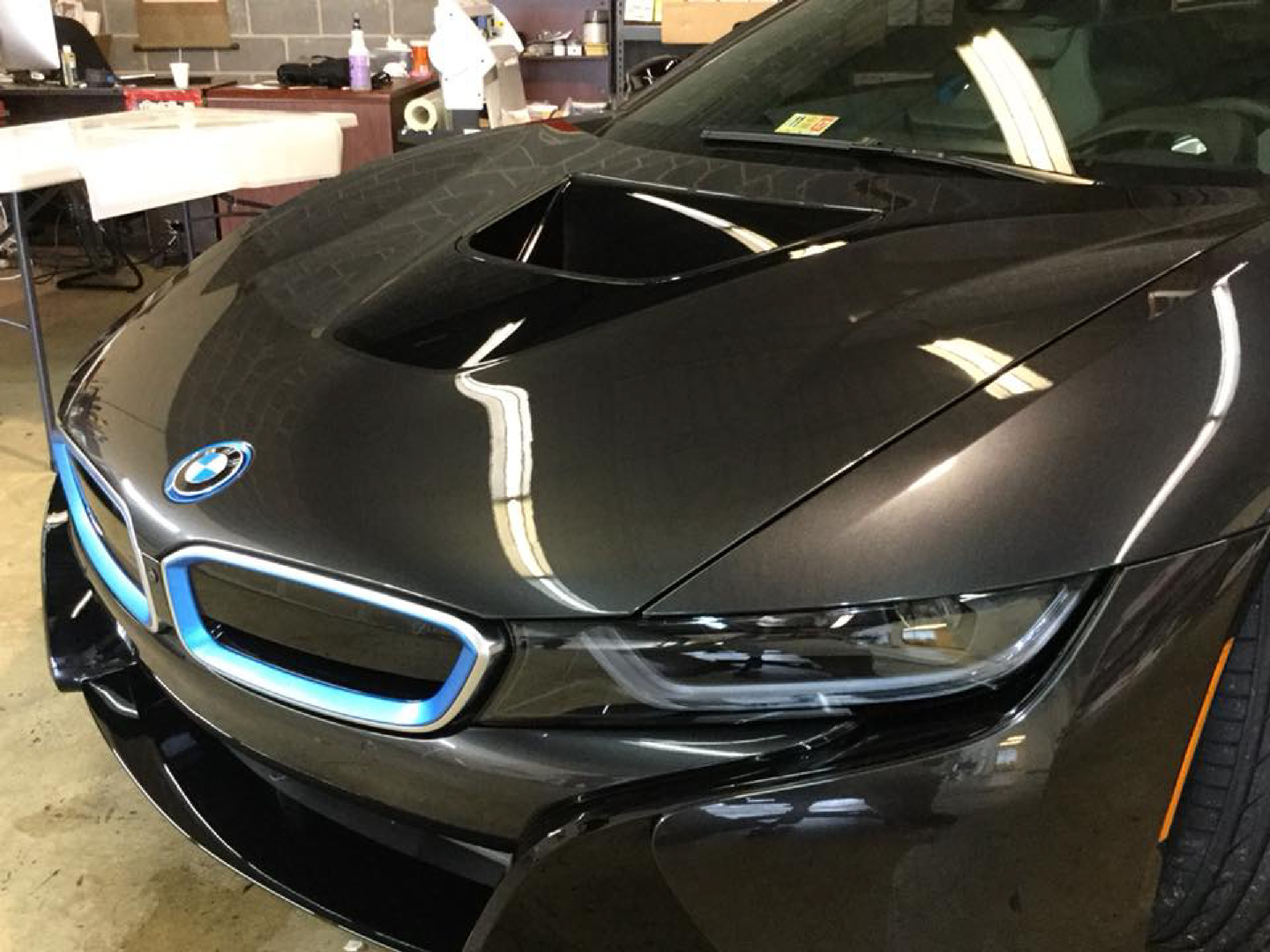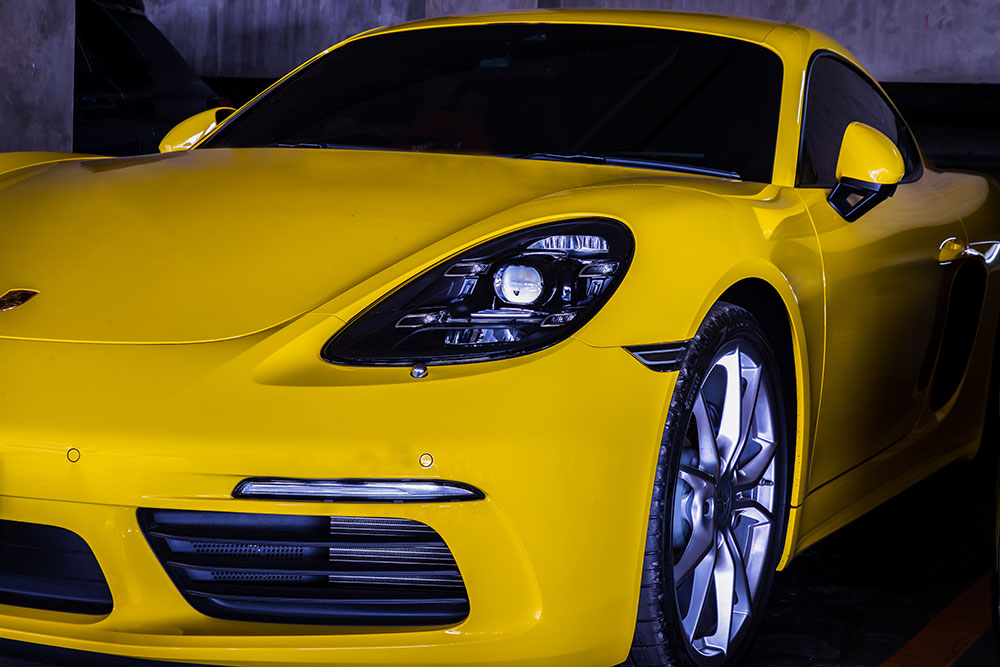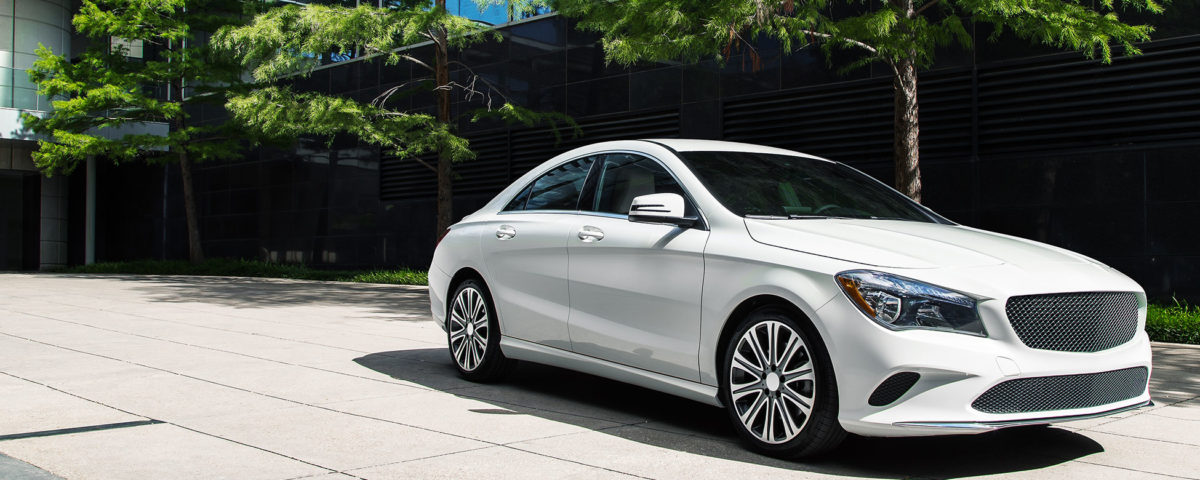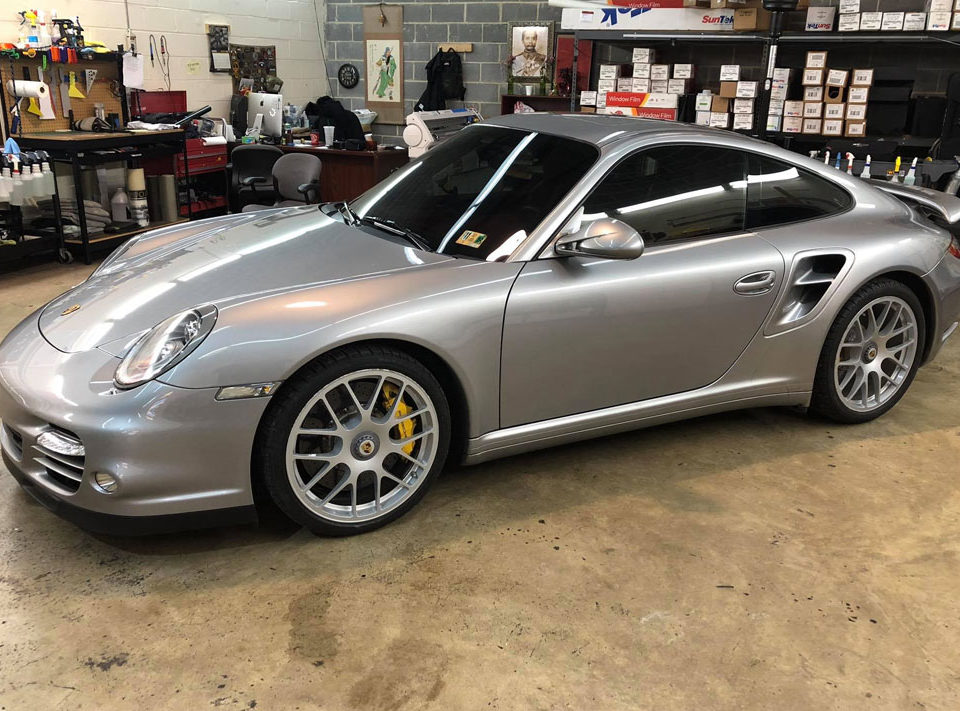
Understanding The Paint Protection Film and How It Works
February 22, 2024
What Are the Disadvantages of Tinting Your Car Windows? And How to Go Around It
March 19, 2024Summer is an excellent time for road trips, driving with the windows down, and enjoying the pleasant weather. However, the high temperatures may quickly turn the inside of your automobile into an oven, especially during a heatwave.
If you’re not careful, the heat can damage your car’s interior and possibly cause technical difficulties, not to mention making the car a dreadful, uncomfortable place to be.
Fortunately, you can make efforts to keep your automobile cool during a heatwave. To help you out, here are ways to help you beat the heat while keeping your automobile running properly:
Tint your windows
Tinted windows can restrict the quantity of light that passes through, preventing thermal rays and, as a result, heat. They can also reduce damaging UV rays passing through the glass.
It is crucial to note that each state has its own set of regulations governing whether tinted windows are permissible and, if so, what level of tinting is permitted. So before you undertake car window tinting, always check with your state and confirm that it’s allowed. You don’t want to be on the wrong side of the law as you are trying to keep the car cool.
Cover the interior parts of the car.
Whether you don’t like the look of a windshield sunshade or are seeking some extra support for your vehicle, covering up critical portions of the inside can help provide some respite.
Covering the steering wheel, leather seats, and/or dark inside seats reduces heat absorption, which your hands and legs will appreciate.
Tossing one or two light-colored blankets on top of the steering wheel and seats will also provide some relief. You also should consider investing in lighter-colored cloth seat covers for usage during the warmest months of the year.
Optimize the functioning of your AC
Regular maintenance is essential to keeping your car’s air conditioning system running smoothly. Clean or replace the air filters to ensure that the airflow is clear and free of dust and debris.
Check the refrigerant levels and top them up as needed. Remember that adequate refrigerant levels are required for peak cooling performance.
When driving, select the recirculation mode, which recycles cold air within the vehicle and reduces strain on the air conditioning system.
Keep the windows open.
It may appear foolish, but because your vehicle’s air conditioning takes a few minutes to kick into high gear, opening your windows as you start your journey will assist in dissipating hot air more rapidly.
After your air conditioner is sufficiently chilly and functioning, close your windows to prevent cooler air from leaving.
Make your own shade.
A sunshade can protect your dashboard and steering wheel from the sun’s heat, preventing cracking and fading. It can also keep the steering wheel cooler, making it more comfortable to hold, while blocking the sun from coming through the windshield will keep the rest of the cabin cool as well.
When you are out of the house, consider parking under a shade. While at home, park in the garage.
Shaded parking covers will, unsurprisingly, filter out extrasolar rays and keep your vehicle’s internal temperature lower. If you don’t have access to a personal garage, a public parking garage, or an apartment complex’s carport, parking beneath trees on the edge of a parking lot or under a building’s shade can help.
Be strategic when setting off.
Set the air conditioner to maximum cold and fan speed, then fully open your windows for the first minute of driving to allow hot air to leave. When the trapped hot air has been released, roll the windows up to allow the air conditioner to work effectively.
Drive during the cooler hours.
Whenever possible, avoid driving during the hottest portions of the day and plan your travels for early morning or late evening when temperatures are lower.
When traveling with children, take extra precautions, carry plenty of fluids for everyone, and keep in mind that hot weather sometimes coincides with school summer vacations, resulting in higher traffic bottlenecks.
Work on keeping the engine cool.
Maintaining the right temperature of your car’s engine is critical to its performance and longevity, especially during the hot summer months. To keep your engine cool, check the coolant levels on a regular basis and top off as needed.
Inspect the radiator for any signs of damage or leaks, and check that the cooling fan is working properly. Overloading your car with unnecessary weight can put extra strain on the engine, so it’s best to go light during summer road trips.
If your car’s temperature gauge is in the red zone or you see steam coming from under the hood, it’s possible that the engine has overheated. The first step is to switch off your air conditioner and turn on your car’s heating. This may appear paradoxical, but it will help to remove heat from the engine.
As quickly as possible, pull over to a safe spot and shut off the engine. If you open the bonnet to help the engine cool down, expect hot air and steam to escape when you do so, and do not attempt to open the radiator or coolant expansion tank until the engine has fully cooled down – you risk ejecting boiling steam into your face or body.
Once the engine has cooled, check the coolant levels and add more as necessary. If the problem persists, you should take your car to repair as soon as possible to avoid more damage.
Use lower air vents.
When you first start your car, turn the air vents downward to direct the air-conditioned air into the vehicle’s base. Because hot air rises, this movement will push the hot air that is already inside the vehicle up and out of the open windows.
While doing so, turn off the upper vents to keep all air flowing in the same direction.
Parting shot
These are some of the things you should do to keep your car cool. Whether you are doing auto glass tinting Springfield or maintaining your air conditioner, ensure that a professional does the work. The last thing you want is to have the work done poorly and have to redo it.


